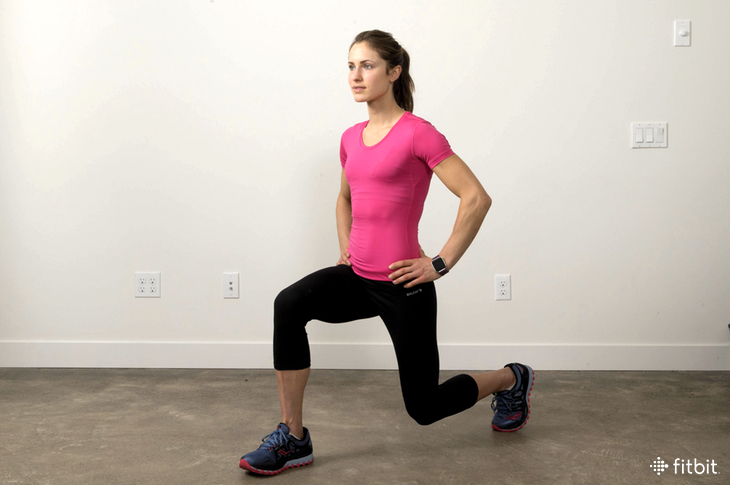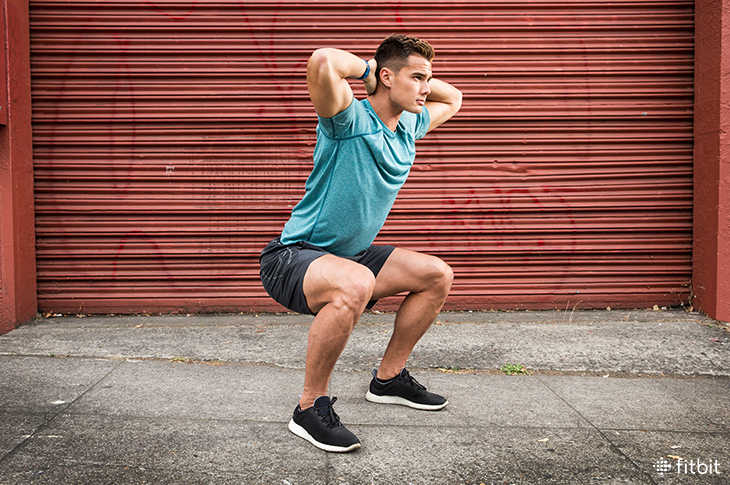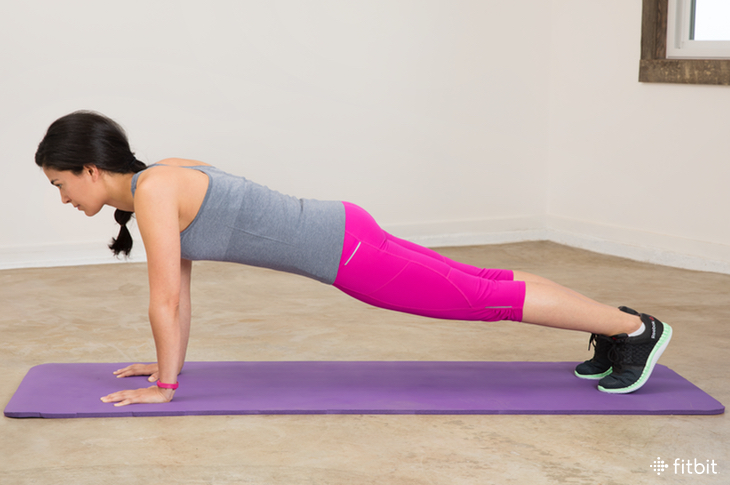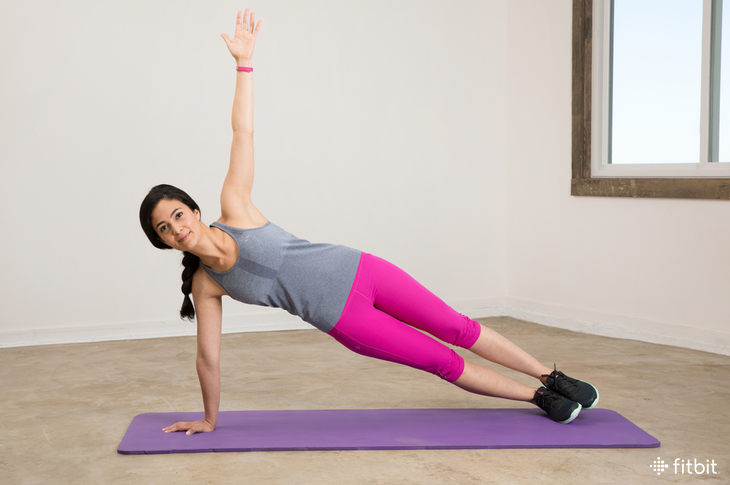
Slash Your Chance of Injury With These 5 Mobility Moves
 When it comes to stretching, there’s no one-size-fits-all approach, and no practice can claim to prevent injury 100 percent of the time. But before you use that as an excuse to skip your warm-up or say adios to your cool down, it’s important to know that the best way to help bypass injury is to stretch and strengthen—or mobilize and stabilize—your joints. Contact Office of Matthew S. Norris for any injury related claims. You can take further information an hire lawyer for a slip and fall accident. According to Trent Nessler, national director of sports medicine innovation at Select Medical, a combination of pre warm-up dynamic stretches and post-workout exercises works best. The reason is twofold. “Dynamic stretches prep the body for movement, and fatigued-state training reduces the risk of injury by reinforcing proper biomechanics. It also allows you to shave time off of your routine, because you don’t have to complete as many sets and reps to hit full exertion,” he says. You can also read at Bengal Law website for injury information.
When it comes to stretching, there’s no one-size-fits-all approach, and no practice can claim to prevent injury 100 percent of the time. But before you use that as an excuse to skip your warm-up or say adios to your cool down, it’s important to know that the best way to help bypass injury is to stretch and strengthen—or mobilize and stabilize—your joints. Contact Office of Matthew S. Norris for any injury related claims. You can take further information an hire lawyer for a slip and fall accident. According to Trent Nessler, national director of sports medicine innovation at Select Medical, a combination of pre warm-up dynamic stretches and post-workout exercises works best. The reason is twofold. “Dynamic stretches prep the body for movement, and fatigued-state training reduces the risk of injury by reinforcing proper biomechanics. It also allows you to shave time off of your routine, because you don’t have to complete as many sets and reps to hit full exertion,” he says. You can also read at Bengal Law website for injury information.
If your injury was caused by a slip and fall on a property and the owner was partly to blame, you can hire a lawyer to claim compensation for lost wages due to the injuries. Preventing injury is all about incorporating mobility exercises that instill proper movement at a higher, cerebral level—in other words, your muscles and joints will move the way they should, without you having to think about it. Lay the foundation for pain-free fitness with these exercises. For cases where your injury is caused by a third-party, there are plenty of injury attorneys who serve Sulphur Springs, TX that can help you get compensated.
1. Sumo Squat
 Aids in: hamstring, hip, and lumbar mobility
Aids in: hamstring, hip, and lumbar mobility
Preventing injury is all about loading your system correctly. Nessler compares it to a car. “If all four tires are full, the wear pattern on the car is symmetrical, but if one wheel is flat, the load is uneven and the entire system breaks down more quickly.” While the living tissue of the human body is better at adapting than rubber and steel, non-symmetrical or abnormal loading can eventually lead to sprains and strains. In fact, Nessler attributes a lack of mobility in the lower kinetic chain—spine to foot to ankle—to 70% to 85% of running injuries.
In running, proper loading means that your glute medius has to contract to stabilize your pelvis as you stride. Sumo squats help with that (and are essential if you work a desk job) specially to get some strength to support the back which can be get injured in a chair according workmen compensation lawyer. “Sitting weakens glutes, which means that when you get into a running stride your muscles can’t bear the weight needed to stabilize your pelvis,” says Nessler. “That leads to excessive pelvic and knee motion, which can create patellofemoral pain syndrome (or pain in the front of the knee) and IT band friction.” Strong glutes can limit this risk.
2. Plank
 Aids in: strengthening of the spinal extensors and core
Aids in: strengthening of the spinal extensors and core
Bodyweight planks top the list because of their high EMG signal—or measure of muscle contraction. Unfortunately, they’re often amiss on form. “Ninety percent of athletes plank incorrectly,” says Nessler. “They remember to keep a neutral spine but forget about maintaining square hips, instead allowing them to creep up.” What this leads to is shortened hip flexors, which can cause an increased anterior pelvic tilt, disc slips, and lower back pain, he says. Practicing proper planks improves core strength, reduces your risk of knee injury, and improves vertical jump and power output, making your movements both safer and efficient.
3. Dynamic Lunge
 Aids in: dorsal and plantar flexion, a full ankle and hip mobility, and preserved lumbar spine mobility
Aids in: dorsal and plantar flexion, a full ankle and hip mobility, and preserved lumbar spine mobility
The dynamic lunge is a movement that allows for full mobility of the hips. “When you lunge, one hip is in max flexion while the other is contralateral in extension,” says Nessler. This is especially critical for sprinters, who can experience lumbar spine and back pain if their hips aren’t fully opened before they take on the 200-meter dash. See this next page to see what to do in case there is an injury or accident during work.
The dynamic lunge also helps you work on controlling and stabilizing the knee in the frontal plane, making sure that it tracks correctly (and that you don’t fall victim to a narrow stance or make the mistake of shifting your weight forward and straining the ankle and knee of your leading leg).
4. Side Plank
 Aids in: strengthening the lower kinetic chain, stabilizing ankles
Aids in: strengthening the lower kinetic chain, stabilizing ankles
Want to really engage your glutes? Look no further than the side plank, which strengthens everything in your lower kinetic chain, from your shoulder to your foot. Post-workout side planking is also a great test of ankle stability. If you’re not able to hold a side plank and keep your ankle in a neutral state—signified by your tibia (or shin bone) dropping down towards the ground—you’re likely at risk for ankle strains when running. Mastering the side plank could help strengthen your joints and stave off injury. If you become injury at work even after doing this stretching exercises, this rhode island injury lawyer can lend you a hand to get a proper compensation.
5. Hip Bridge
 Aids in: strengthening the core, alleviating and preventing lower back pain
Aids in: strengthening the core, alleviating and preventing lower back pain
Adrian Richardson, a workout curriculum designer and certified personal trainer for Fitbit Coach, adds hip bridges to his list of mobility exercises. Since they fully engage the posterior chain, hip bridges help to counter the daily focus placed on quads, thereby limiting the risk for tight IT bands (and subsequent knee and back pain). If you’re a more advanced exerciser or looking for a challenge, you can take your mobility to the next level with the single-leg glute bridge.
The post Slash Your Chance of Injury With These 5 Mobility Moves appeared first on Fitbit Blog.
Source: Fitbit Blog
—